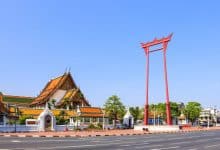Famous Thai ghost stories you need to know
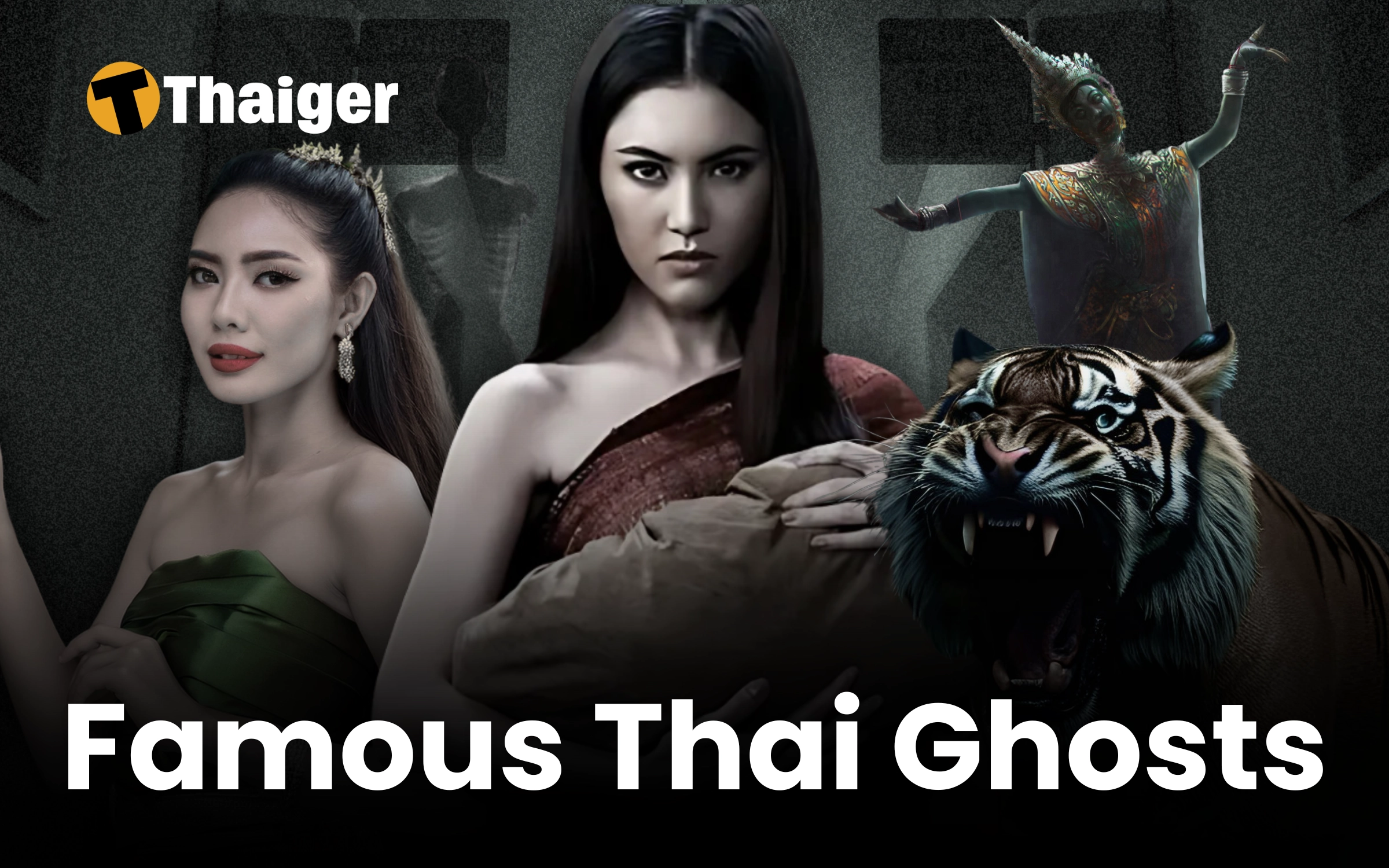
In honour of Halloween month, it’s the perfect time to dive into the supernatural world of Thailand, where ghost stories are deeply woven into the cultural fabric. From vengeful spirits to haunted trees, Thai folklore is rich with spine-chilling tales that continue to capture the imaginations of locals and visitors alike. If you’re looking for an extra fright this spooky season, here are the most famous Thai ghost stories you need to know about. Each more eerie than the last!
Note: Some of these stories include graphic content and eerie descriptions that might be unsettling if you’re easily spooked by ghosts.
1. Mae Nak (แม่นาค)
Mae Nak is arguably Thailand’s most famous ghost. Her tale is set in the Phra Khanong district of Bangkok. The story goes that Mae Nak died in childbirth while her husband, Mak, was away at war. Unaware of her death, Mak returns home and lives with her ghost until he realises the truth. Mae Nak’s undying love for her husband is a central theme, and her vengeful nature towards those who tried to separate them made her feared. Locals believe Mae Nak’s spirit still lingers, and many offer prayers for luck and protection at the shrine dedicated to her in Wat Mahabut.
Fun fact: The story of Mae Nak has been retold in countless Thai films and dramas, keeping her legend alive in modern culture.
Western equivalent: Mae Nak is often compared to the “Lady in White” legends or ghost brides found in Western folklore.
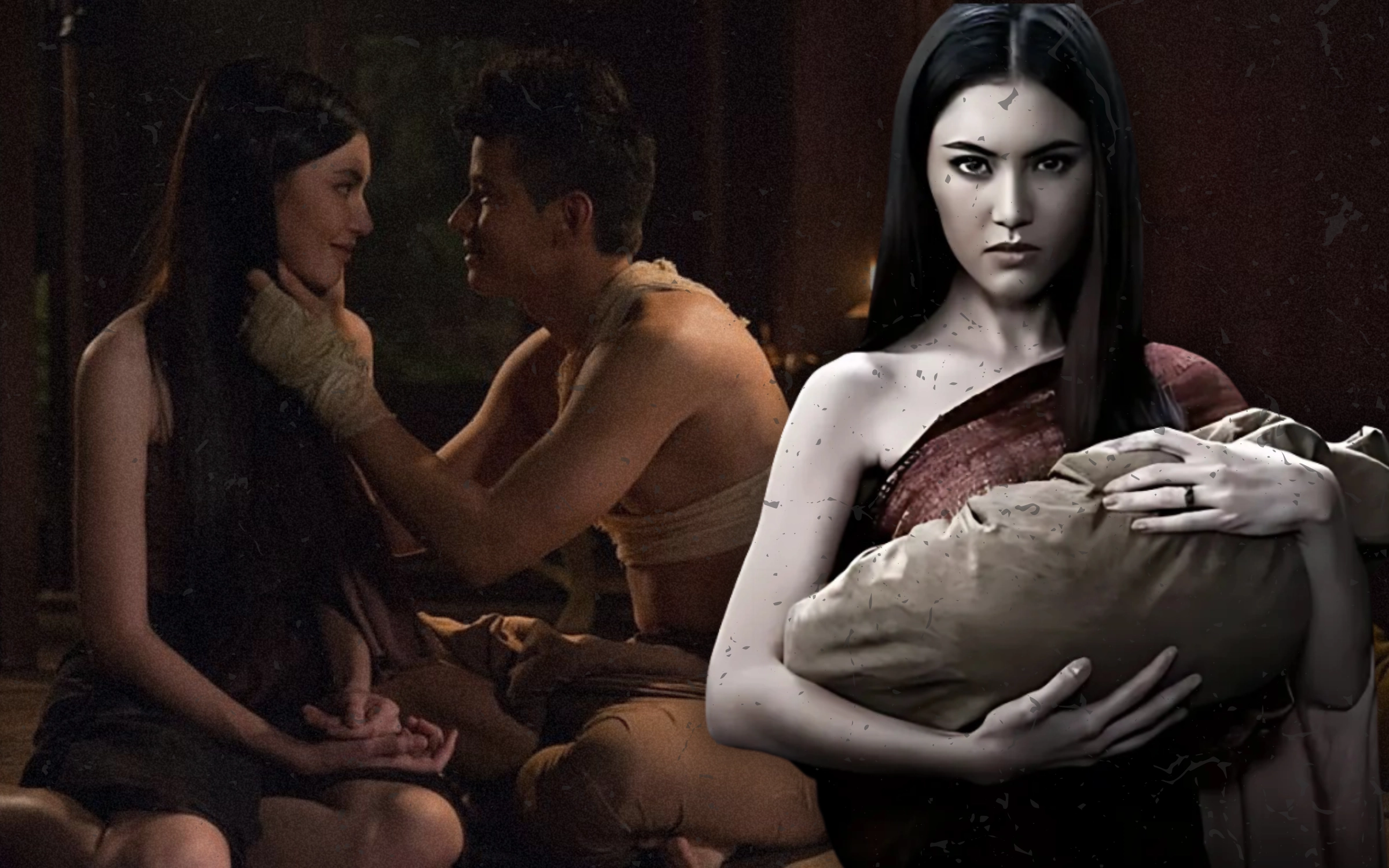
2. Nang Tani (นางตานี)
Nang Tani is a female ghost who lives in banana trees, especially in deserted areas. She is said to appear as a beautiful woman dressed in traditional Thai clothing, emerging from the banana tree only during the full moon. While generally harmless, she can seek vengeance against men who wrong women. Offerings of food and incense are often left under banana trees to keep Nang Tani’s spirit content.
This ghost is popular in rural areas, where people still believe that wandering too close to a banana tree at night might attract her attention.
Western equivalent: Nang Tani is similar to Dryads or tree spirits in Western myths or Greek mythology.
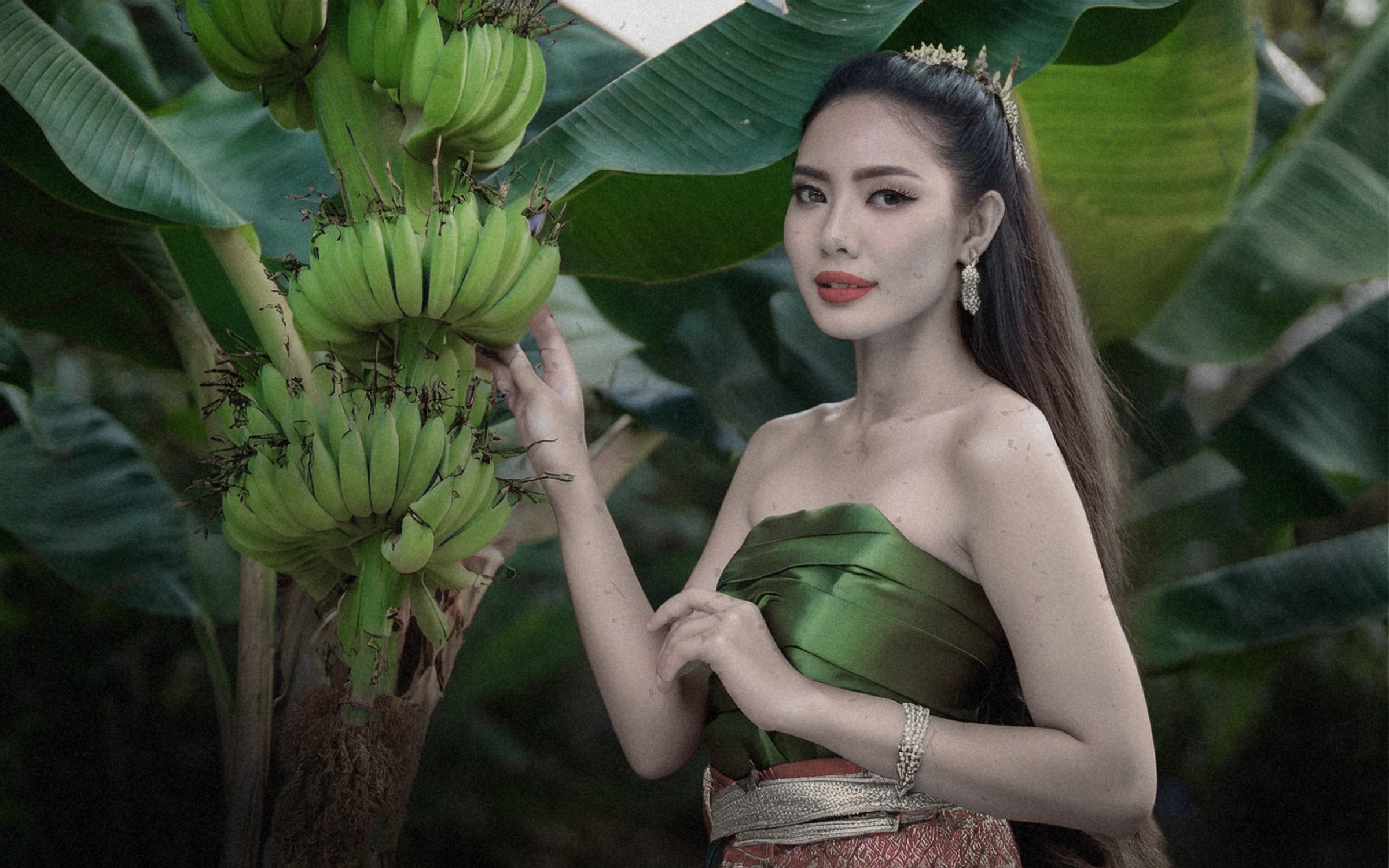
3. Phi Pop (ผีปอบ)
Phi Pop terrifies people with her ability to possess individuals and feast on their internal organs. Often connected to witchcraft or black magic, locals believe she targets those who have wronged others or practised dark arts. In northeastern Thailand, people fear Phi Pop the most, regularly performing ceremonies and rituals to ward off her presence. Over time, her story has evolved, becoming a staple in modern Thai horror films, but in the past, villagers would gather to hunt down this fearsome ghost.
Phi Pop is seen as a representation of greed and hunger, a warning to those who misuse power for selfish gain.
Western equivalent: Comparable to demonic possession in Western horror films.
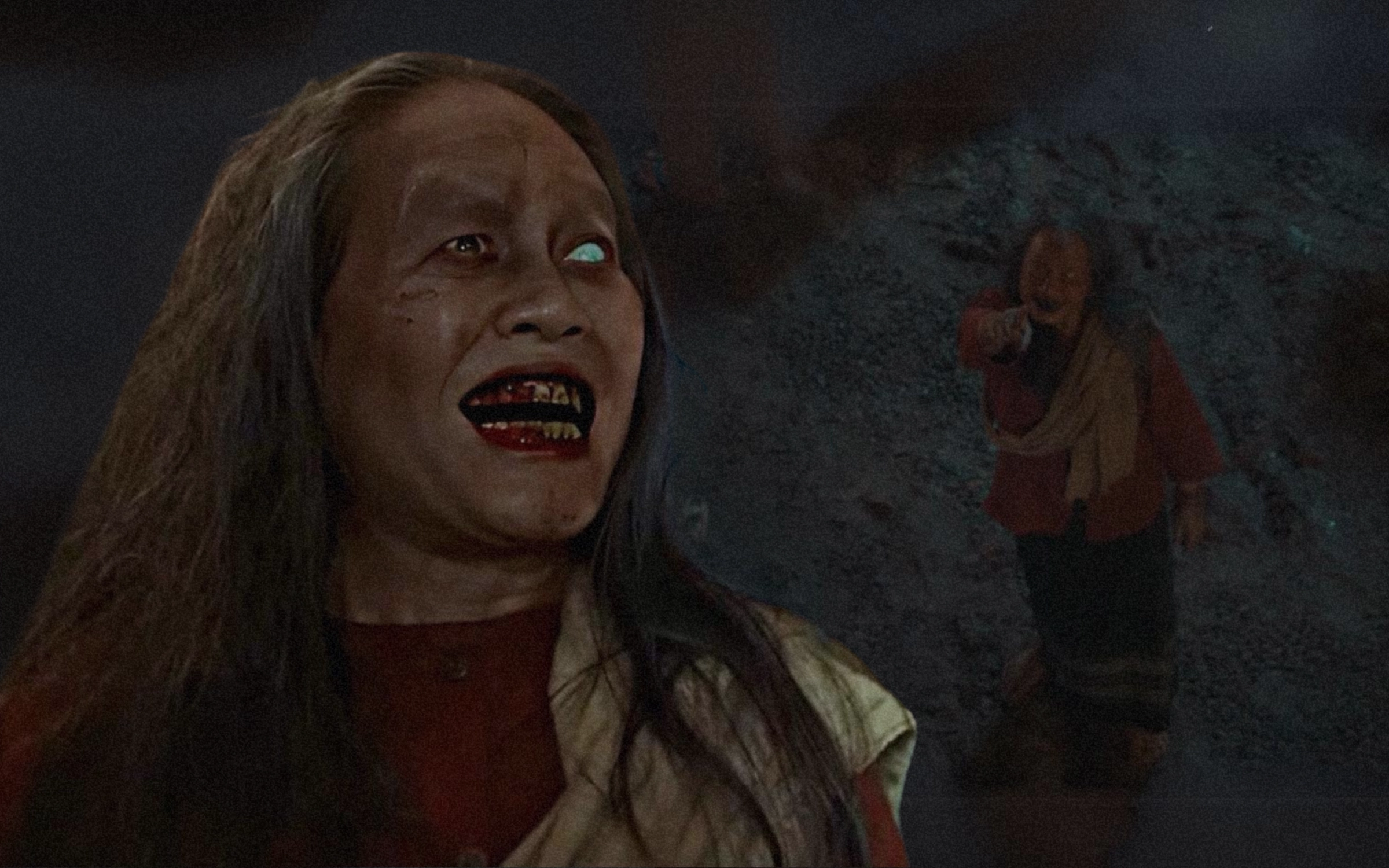
4. Krahang (กระหัง)
Krahang is a male ghost that flies at night using rice baskets as wings. He is known to haunt rural areas, terrorising villagers by appearing out of nowhere. Often seen as a man by day, Krahang transforms at night, usually in search of prey or to cause mischief. Krahang is believed to be an earthbound spirit who couldn’t pass on to the afterlife due to bad karma.
Some say that Krahang and Phi Krasue (a ghost that appears as a floating female head) are counterparts, haunting villages together.
Western equivalent: Krahang is akin to the Slavic Rusalka, spirits who haunt villages at night.
Fun fact: He is often paired with Phi Krasue (below), creating a haunting duo in Thai folklore.
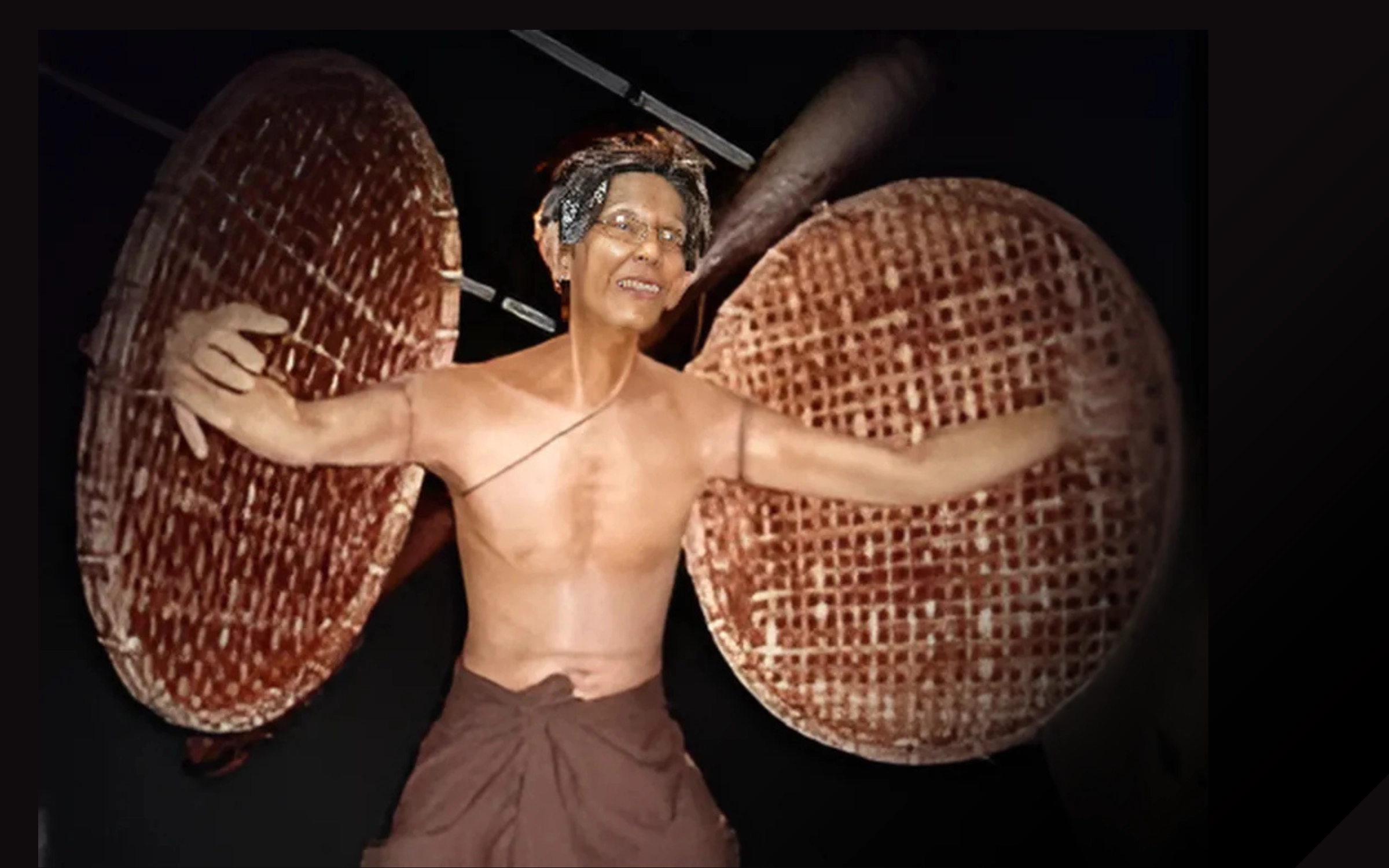
5. Phi Krasue (ผีกระสือ)
Phi Krasue stands out as one of the most recognisable ghosts in Thai folklore. People depict her as a disembodied, floating female head with internal organs dangling beneath her. This ghastly figure reportedly feeds on blood and flesh, usually from livestock or human cadavers. Opinions about her origin vary, some believe she was a witch cursed for practising dark magic, while others say she was a woman who committed great sins in her lifetime. Villagers in rural communities especially fear this ghost and used to hang thorny plants around their homes to keep her away.
Western equivalent: Phi Krasue is often compared to vampires in Western myths.
Fun fact: In rural areas, people hang thorny plants around their homes to keep her away.
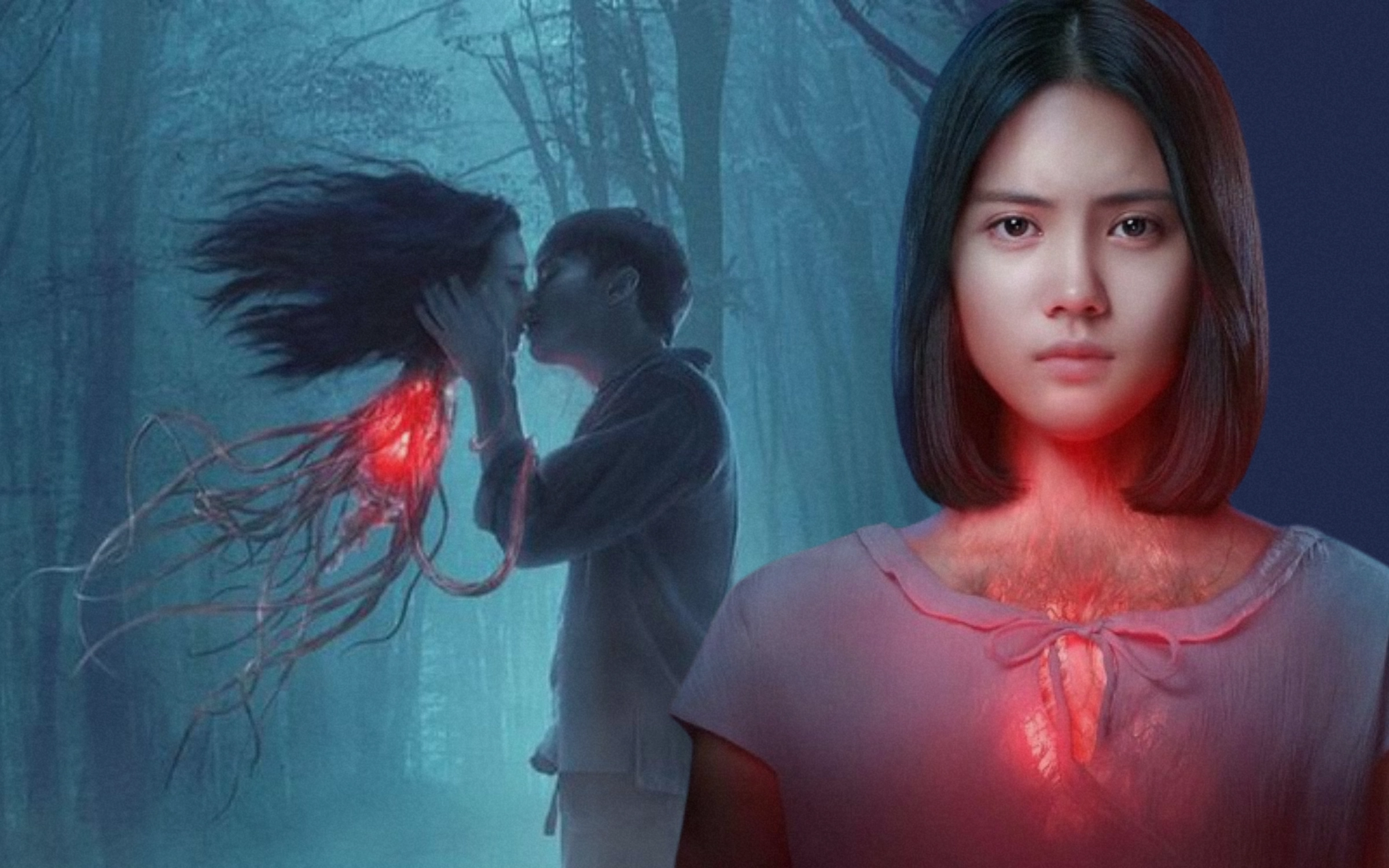
6. Suea Saming (เสือสมิง)
Suea Saming is a fearsome shape-shifting ghost that can transform into a tiger. This spirit is believed to be a human who, through the practice of black magic, gained the ability to shift between human and tiger form. The story originates in the forests of northern Thailand, where villagers feared encountering a Suea Saming while travelling through dense jungles at night. Though the Suea Saming is dangerous, it is also said to embody the power of the forest and serves as a reminder of the dangers of meddling in dark arts.
Western equivalent: Werewolves, but with a feline twist!

7. Phi Tai Hong (ผีตายโหง)
Phi Tai Hong are ghosts of people who died suddenly and violently, such as in accidents or murder. These spirits are said to be angry and restless, often seeking revenge or justice. In Thai belief, a sudden death without proper religious rites leaves the spirit trapped in the mortal world. In Bangkok, there are famous tales of Phi Tai Hong haunting locations where tragic incidents occurred, such as certain intersections or old buildings.
Fun fact: People often leave offerings to these spirits in hopes of appeasing them.
Western equivalent: Similar to poltergeists or vengeful spirits in Western folklore.

8. Pret (เปรต)
Pret ghosts appear as giants, often towering as tall as palm trees, with thin, emaciated bodies and long necks. In Thai Buddhism, people believe Pret are beings condemned to this form as punishment for their sins, especially greed or disobedience to their parents. These spirits endure eternal suffering, with mouths too small to eat and constantly hungry stomachs. Temple murals frequently depict Pret as a reminder of karma and the consequences of immoral actions.
Western equivalent: Pret can be likened to the Wandering Jew or Sisyphus, cursed figures from Western myths.
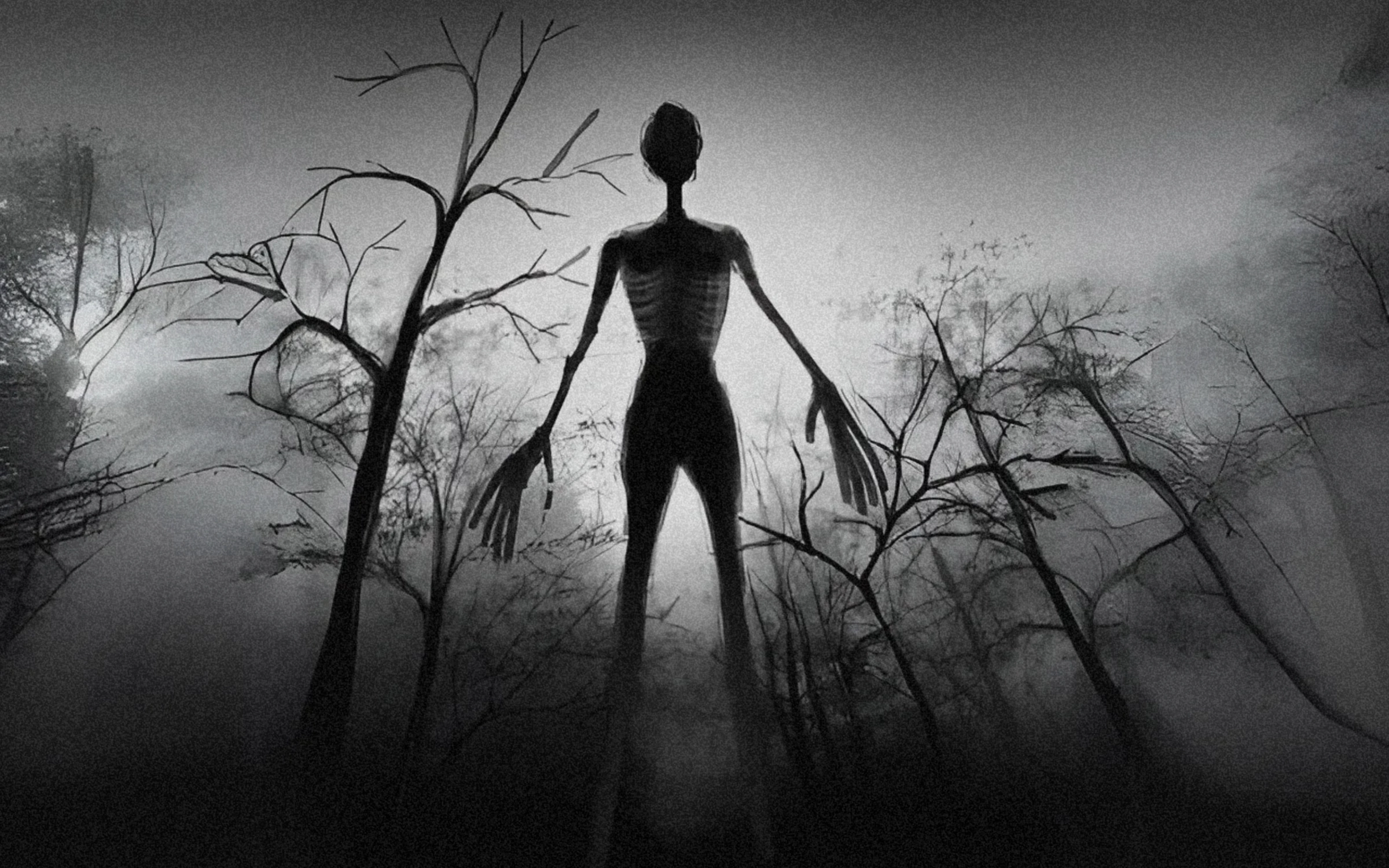
9. Phi Nang Rum (ผีนางรำ)
Phi Nang Rum is the spirit of a beautiful traditional Thai dancer. She is said to roam stages and theatres, attached to the places where she performed in life. It is believed that if performers treat the stage with respect, Phi Nang Rum will bless them with good luck. However, those who offend her may find their shows going disastrously wrong. Her story symbolises the enduring love and dedication performers have for their art.
Western equivalent: Similar to the idea of haunted theatres in Western culture.
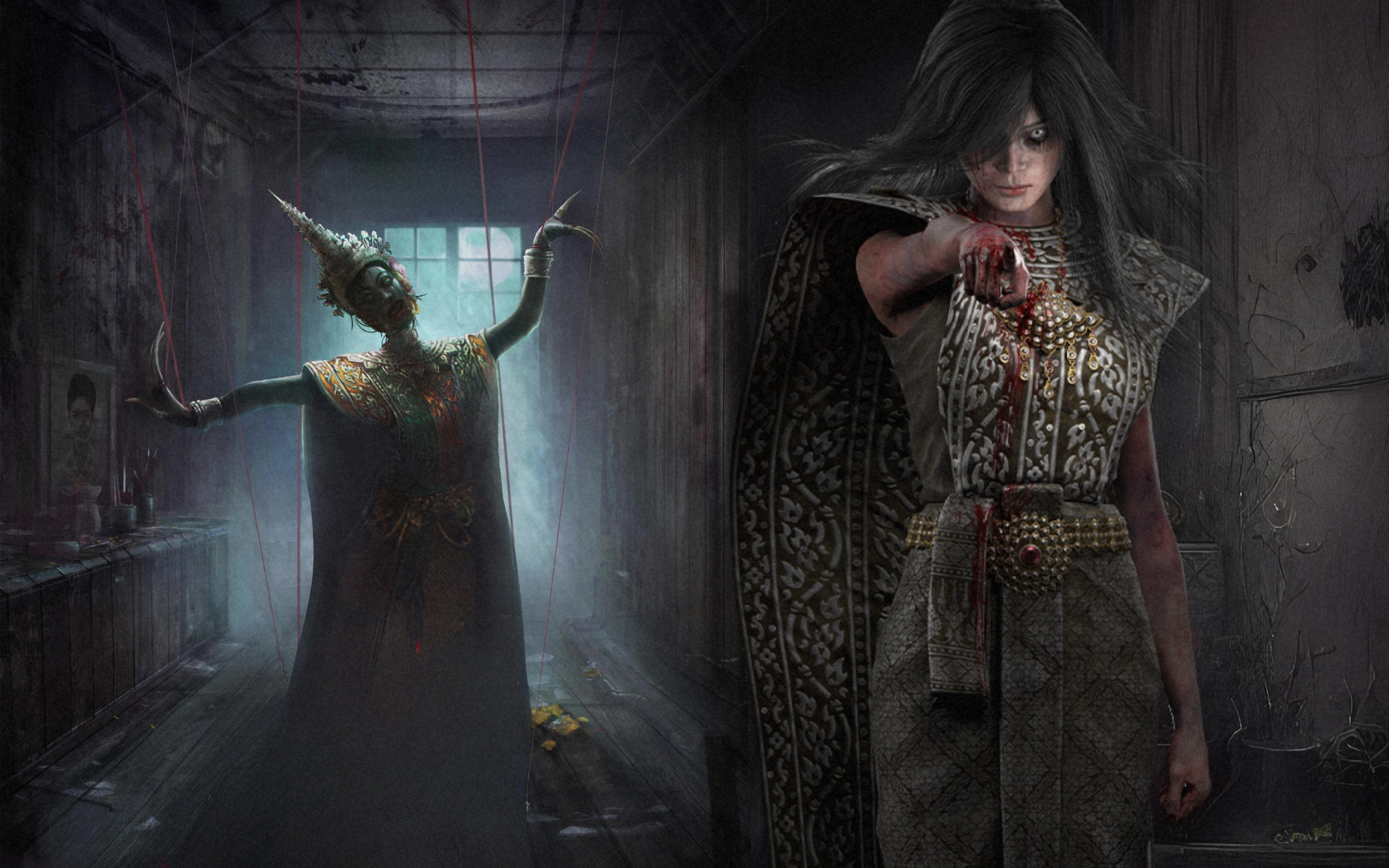
10. Phi Nang Takian (ผีนางตะเคียน)
This spirit, distinct from Nang Takian, is a more ghostly figure who haunts abandoned houses, rivers, and forests. Often seen as a woman in a long traditional dress, Nang Takian is thought to appear before tragedy strikes. Some also believe she haunts trees that have not been properly consecrated. In some rural communities, people hold ceremonies to appease this ghost, fearing that neglecting her will bring misfortune.
Western equivalent: Similar to banshees, who warn of impending death in Irish mythology.
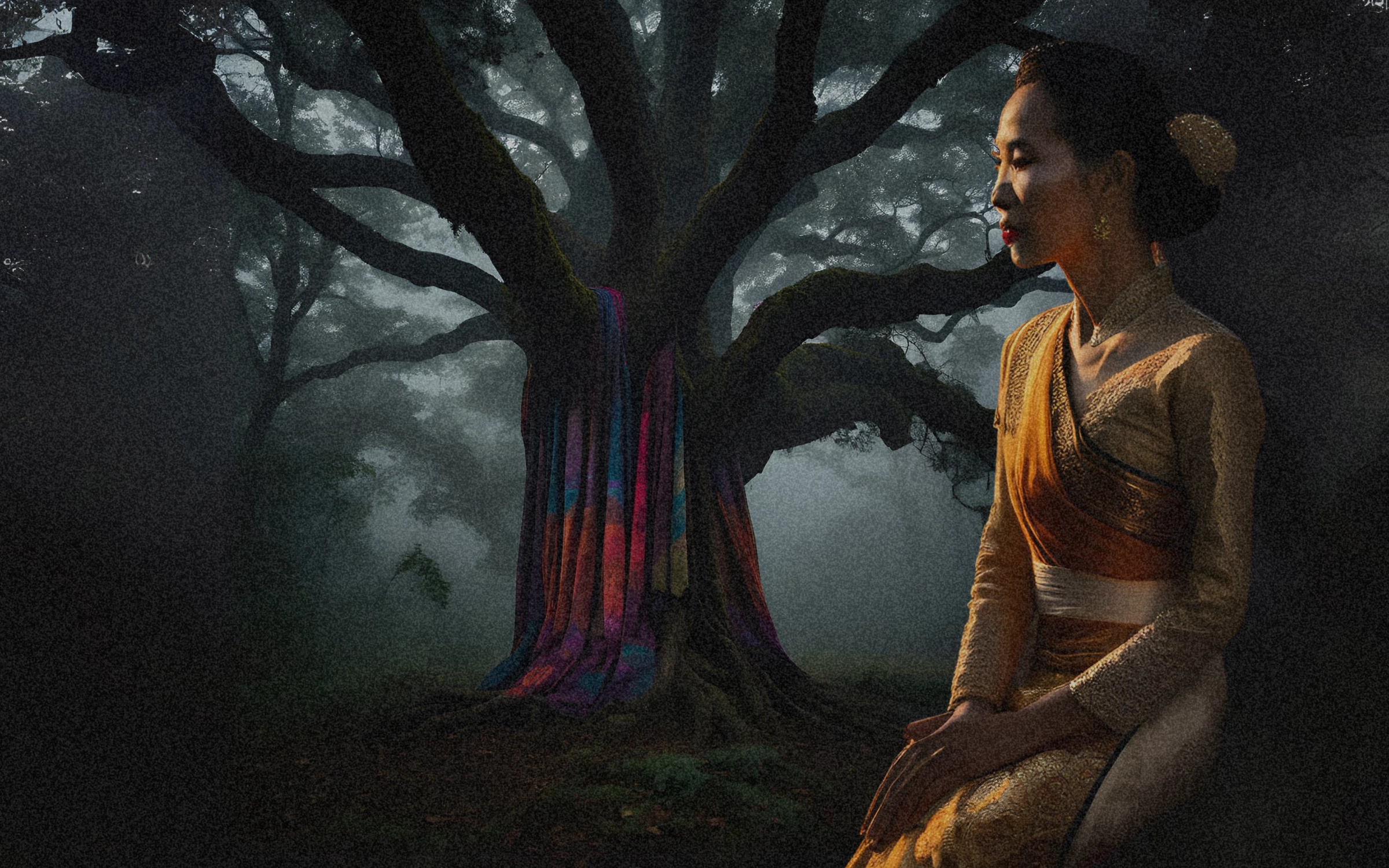
These ghost stories are deeply ingrained in Thai culture, representing not only fears and superstitions but also moral lessons tied to Buddhist beliefs. If you’re an expat or tourist in Thailand, learning about these legends offers a fascinating glimpse into the country’s spiritual and cultural landscape. Keep your ears open, who knows, you might even hear locals share their own encounters with these ghosts!
Want more spooky stories? Check out our article on the most haunted places in Thailand.
FAQs about Thai ghosts
1. What are Thai ghosts?
Thai ghosts, or phii (ผี), are supernatural beings rooted in Thai folklore and religious beliefs. They are spirits of deceased humans, animals, or mythological creatures that can either be malevolent or benevolent, depending on their origin story or nature.
2. What are some of the most famous Thai ghosts?
Phii Mae Nak (ผีแม่นาก): One of the most famous ghosts, Mae Nak is a spirit of a woman who died during childbirth but returns to be with her husband.
3. Why are Thai ghosts important in Thai culture?
Ghosts are an essential part of Thai spiritual beliefs and often reflect societal values, fears, and religious teachings. They are linked to Buddhist concepts of karma and reincarnation, where spirits are believed to exist in different realms based on their past actions. Ghosts also appear in many rituals, festivals, and traditional ceremonies.
4. How do Thai people ward off ghosts?
Amulets or talismans (เครื่องราง): Wearing protective charms blessed by monks is a common way to ward off evil spirits.
5. Can Thai ghosts hurt people?
Some Thai ghosts, particularly malevolent ones like Phii Tai Hong, are believed to cause harm to the living, such as causing sickness, bad luck, or even death. Others, like **Phii Mae Nak**, may act out of love but still end up causing harm unintentionally. Ghosts are treated with both fear and respect, and appeasing them through rituals is seen as a way to avoid misfortune.
Latest Thailand News
Follow The Thaiger on Google News:
